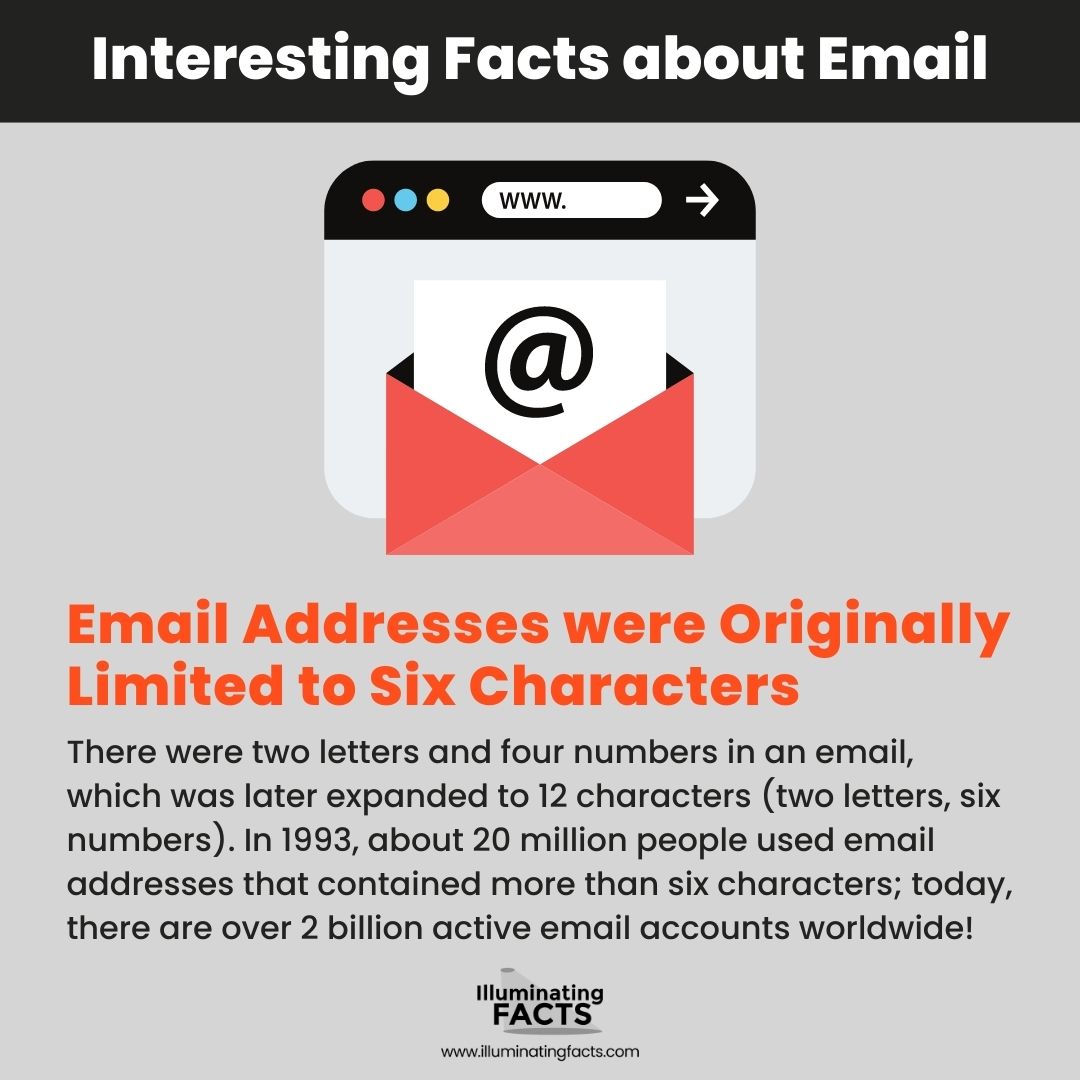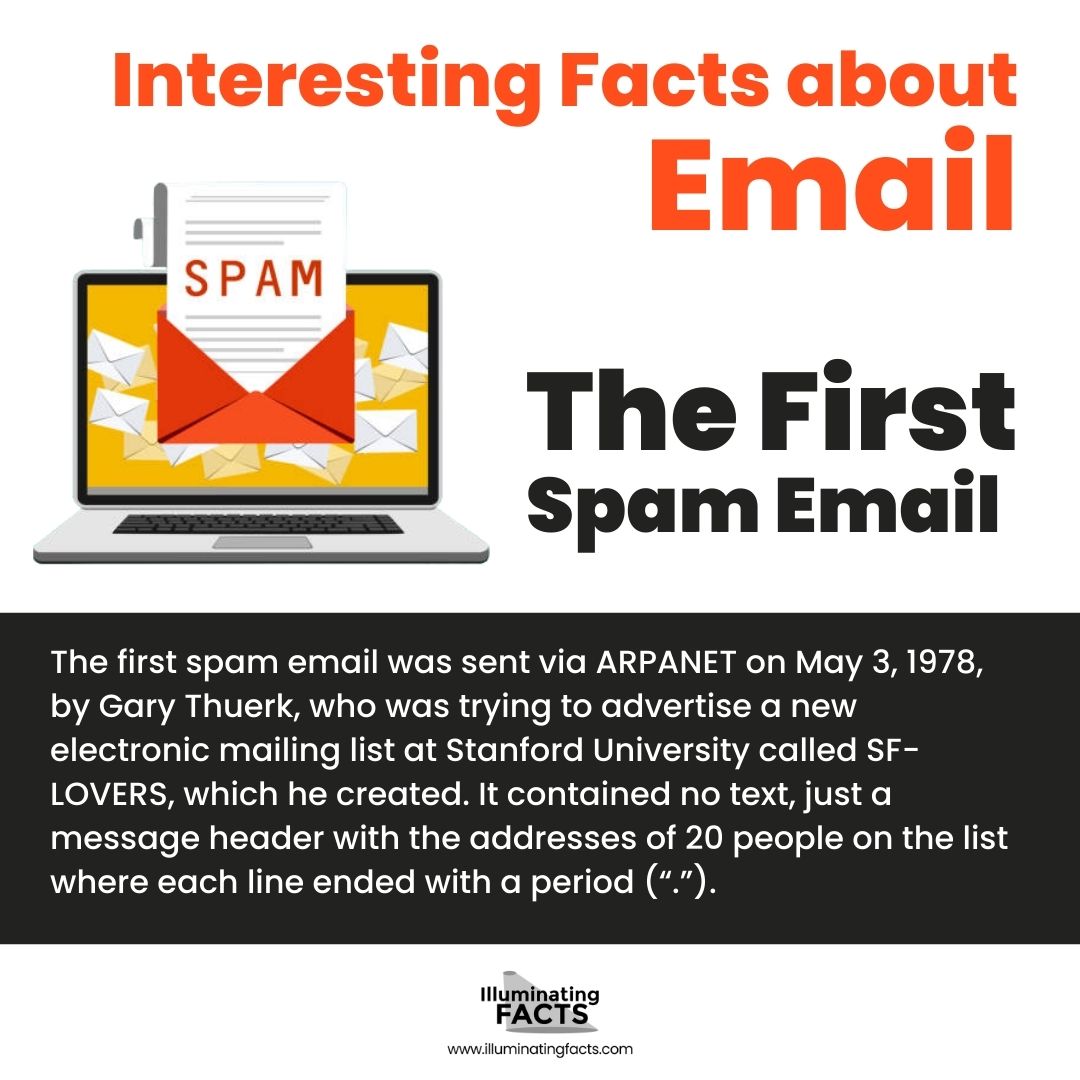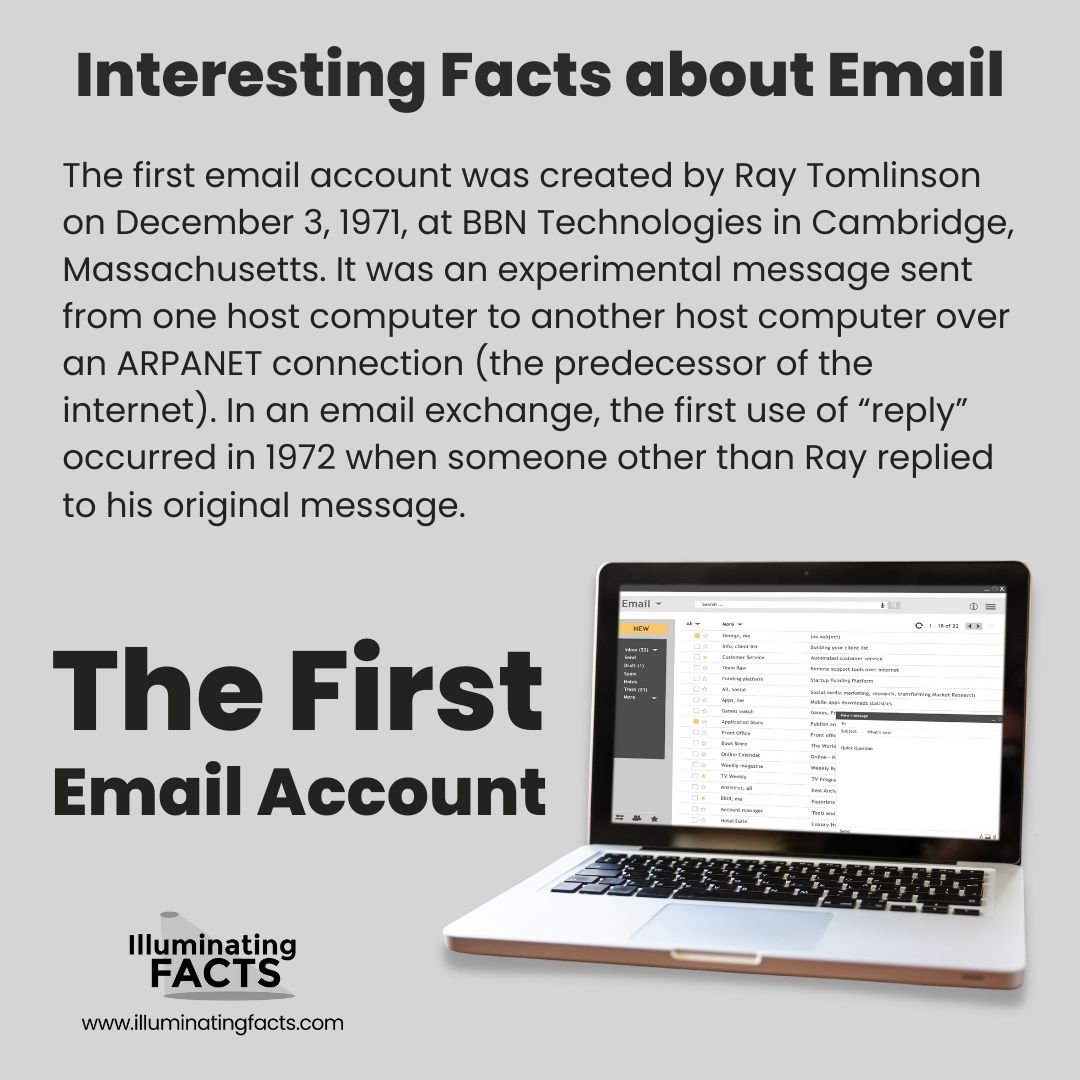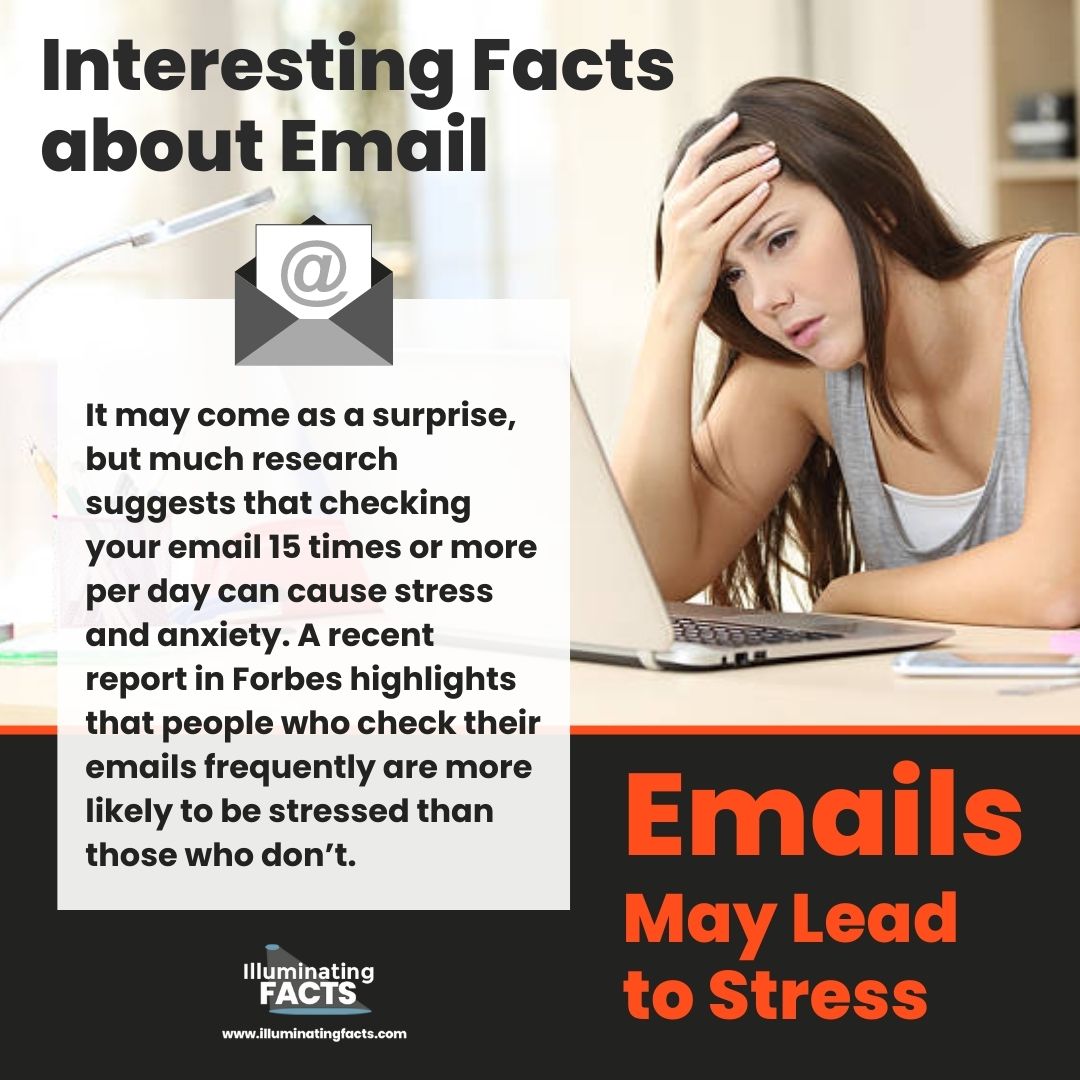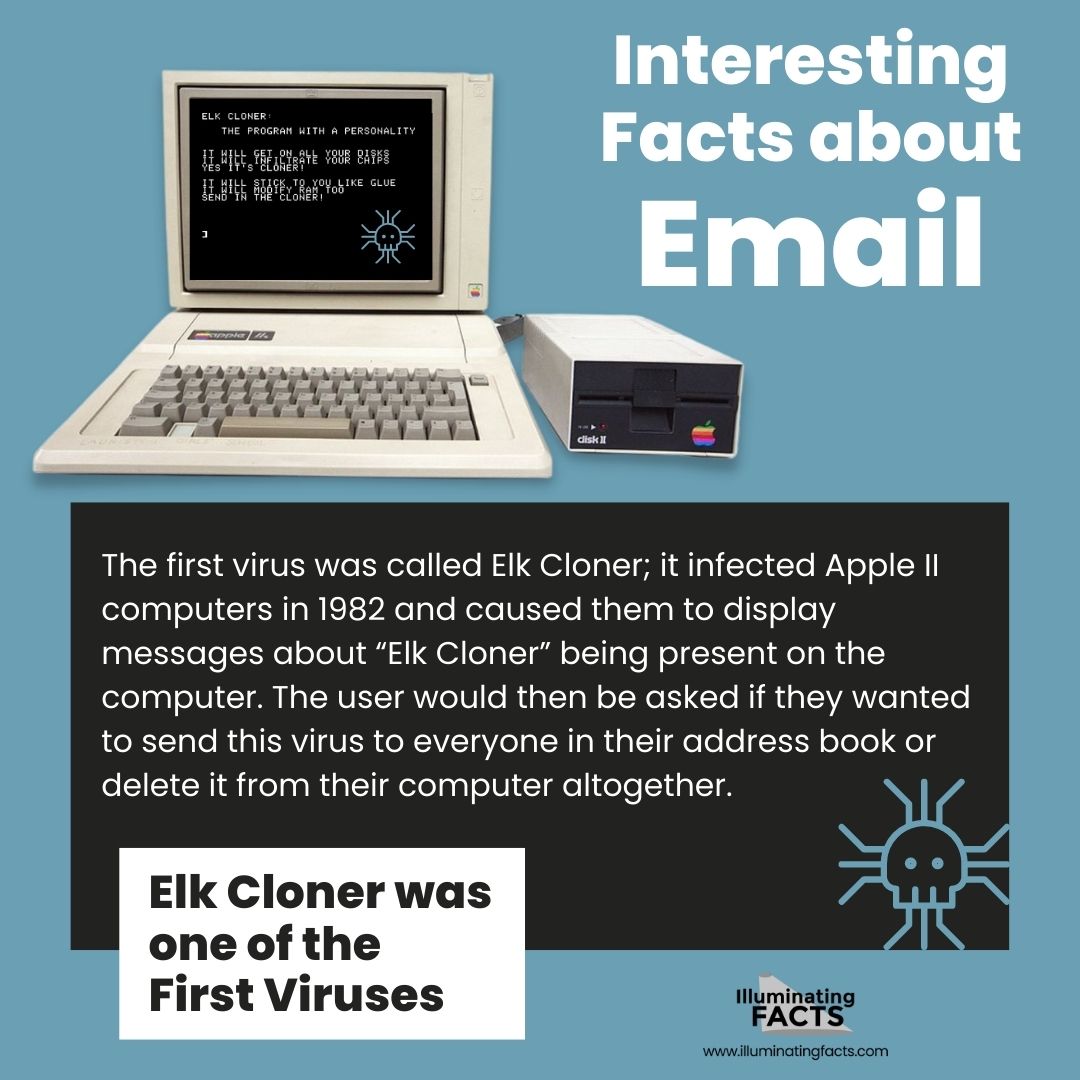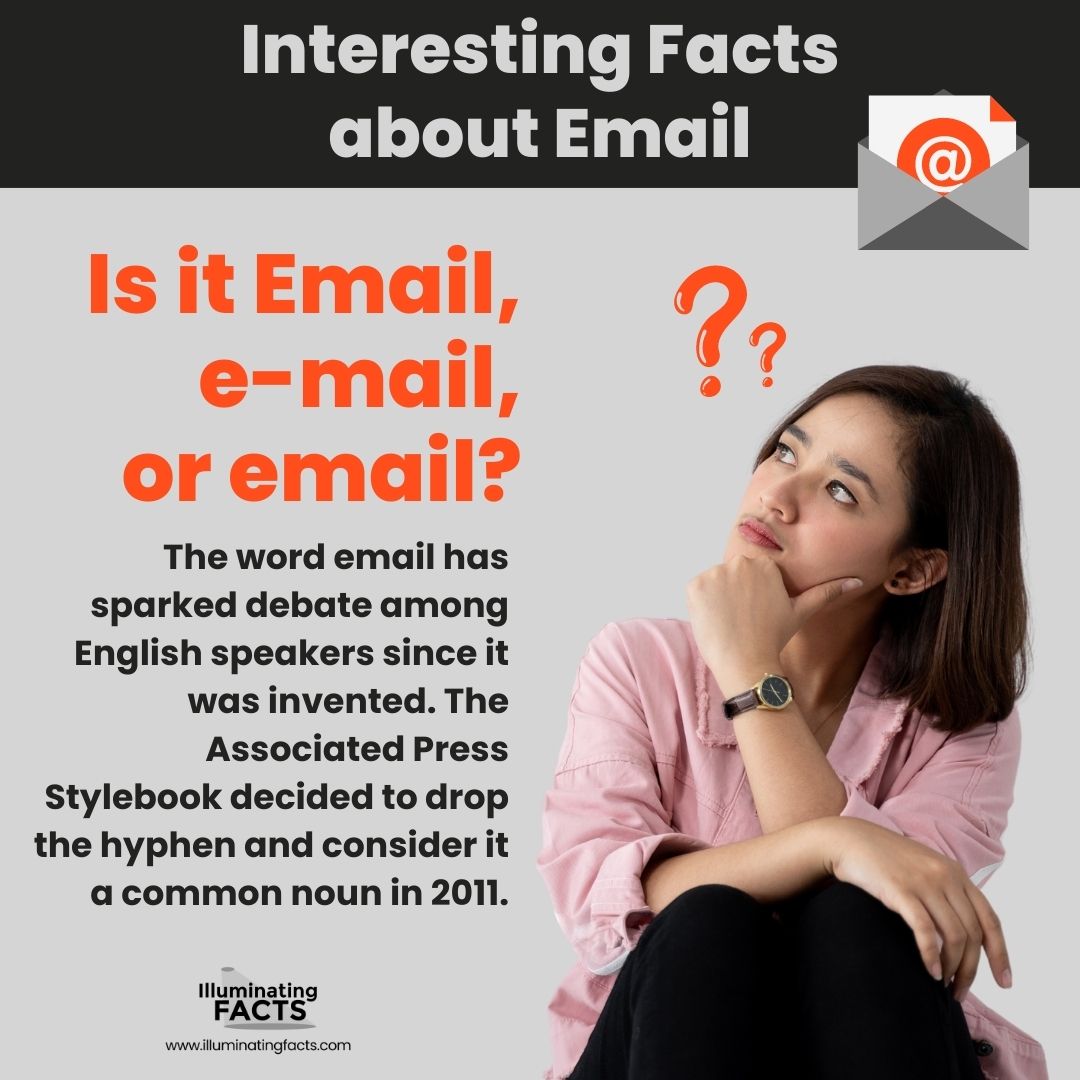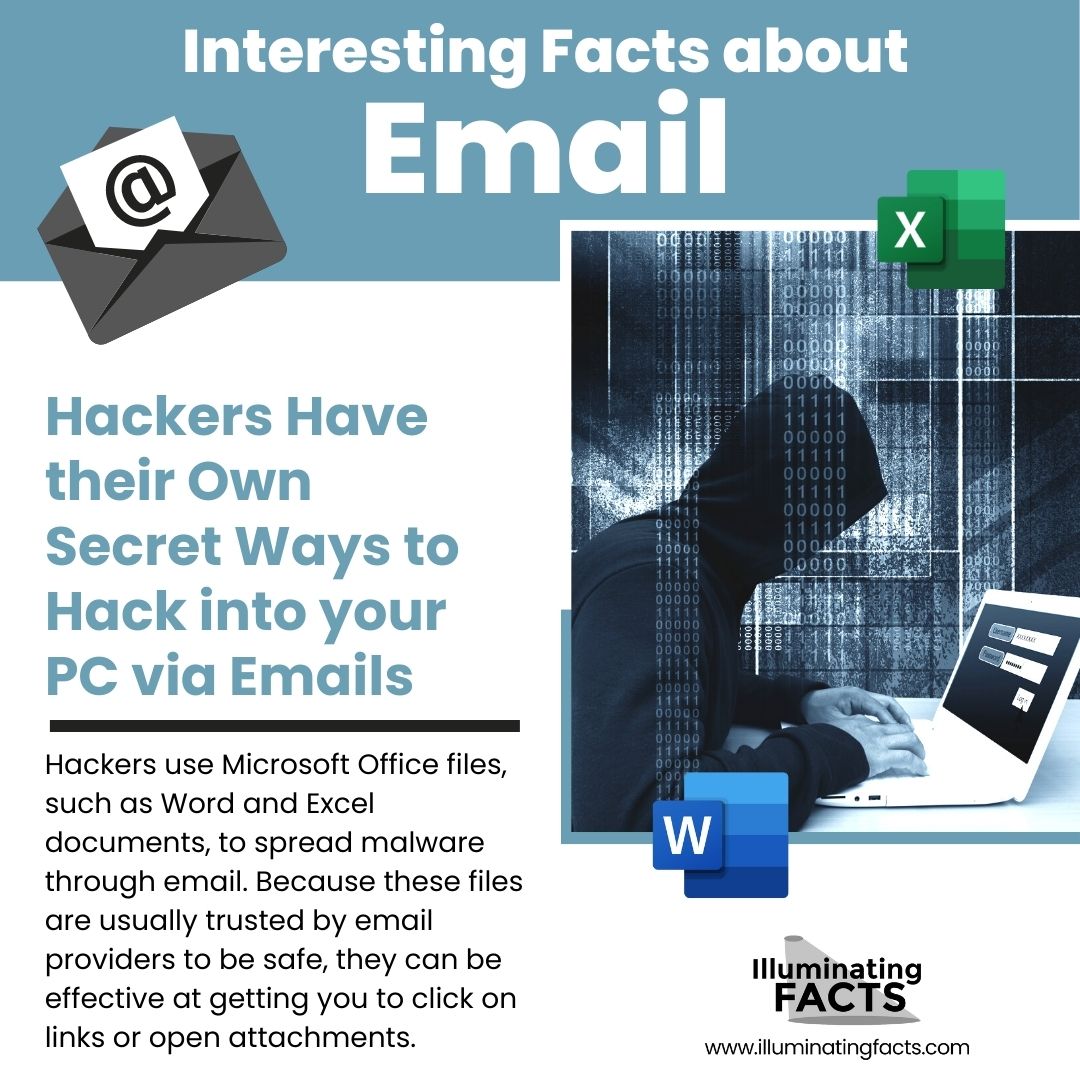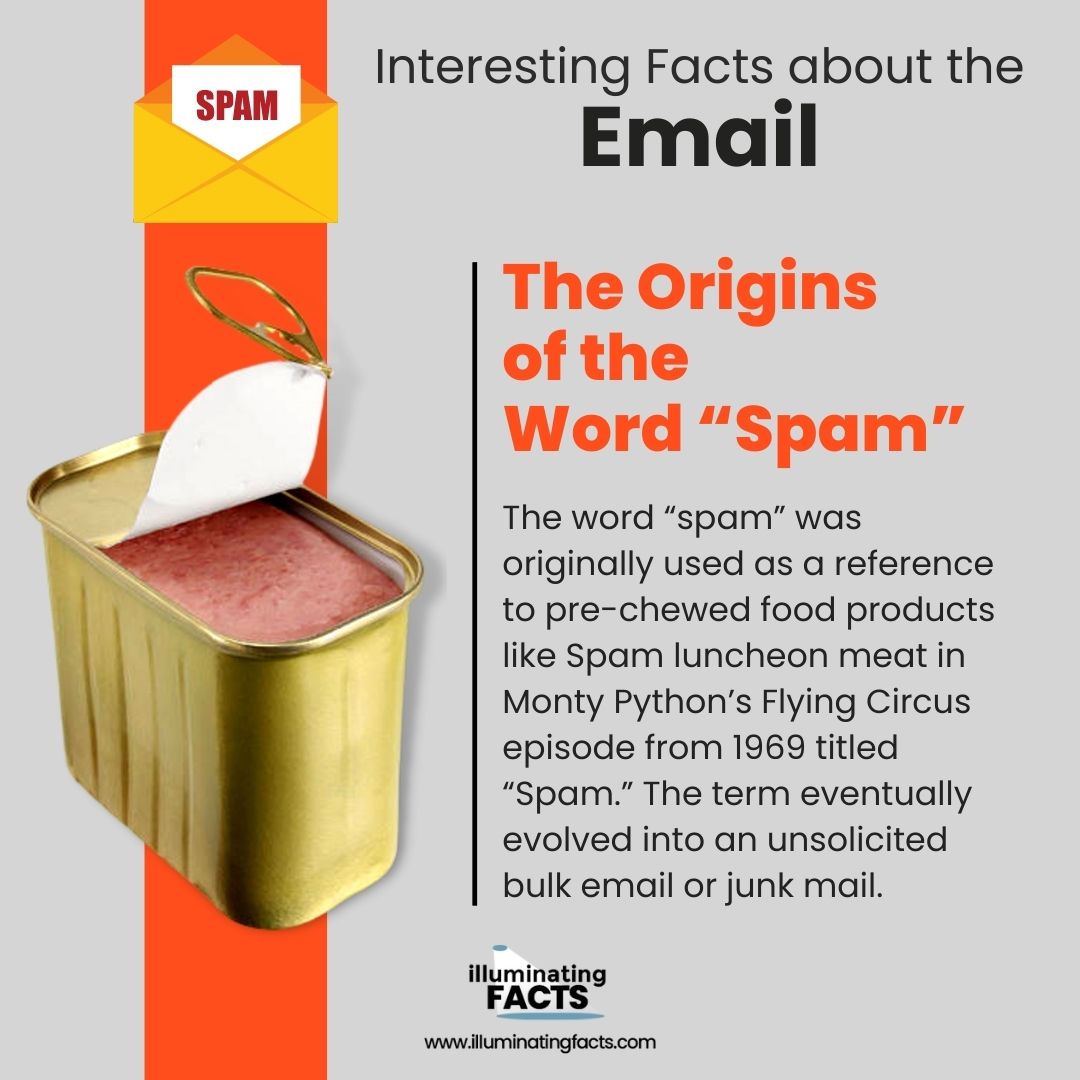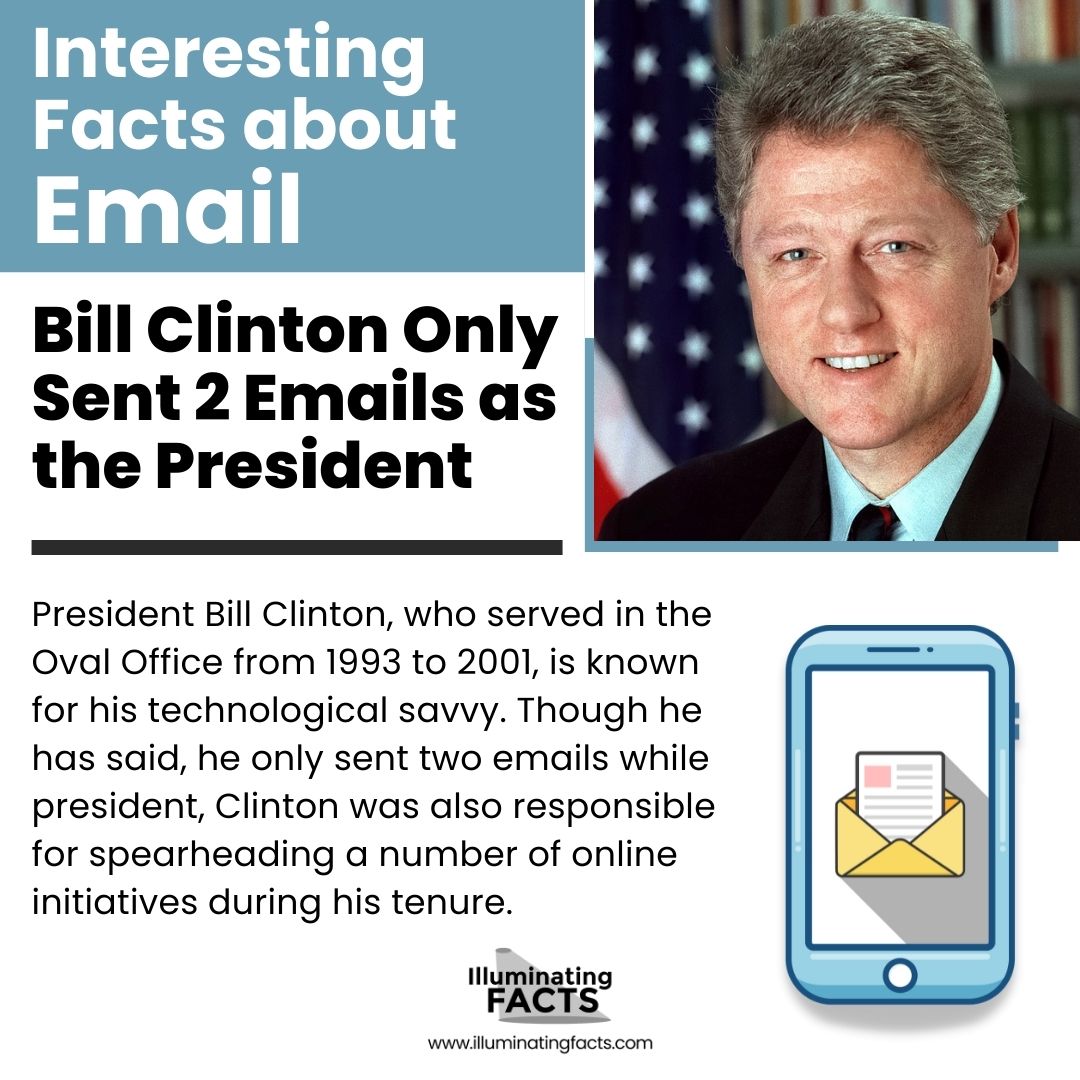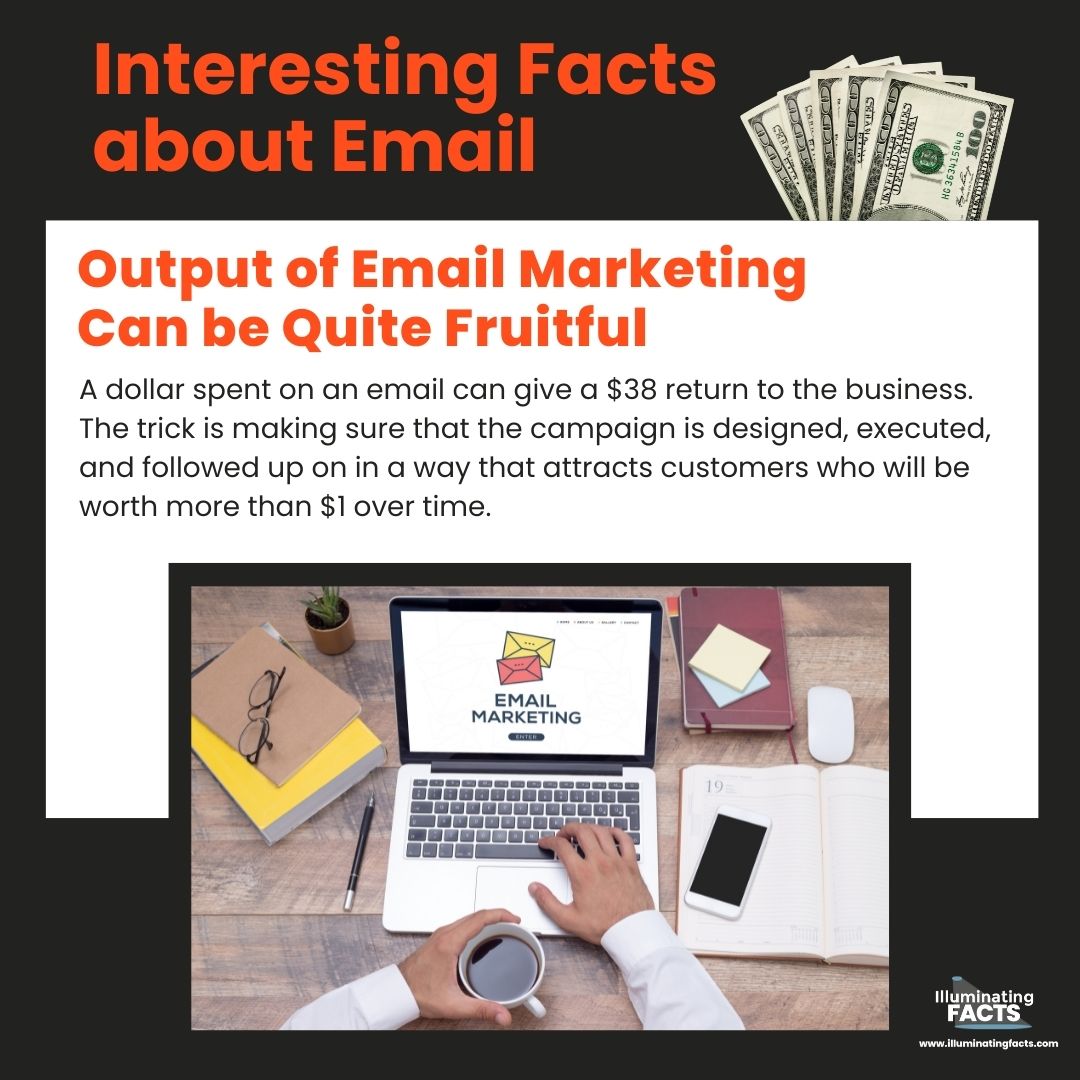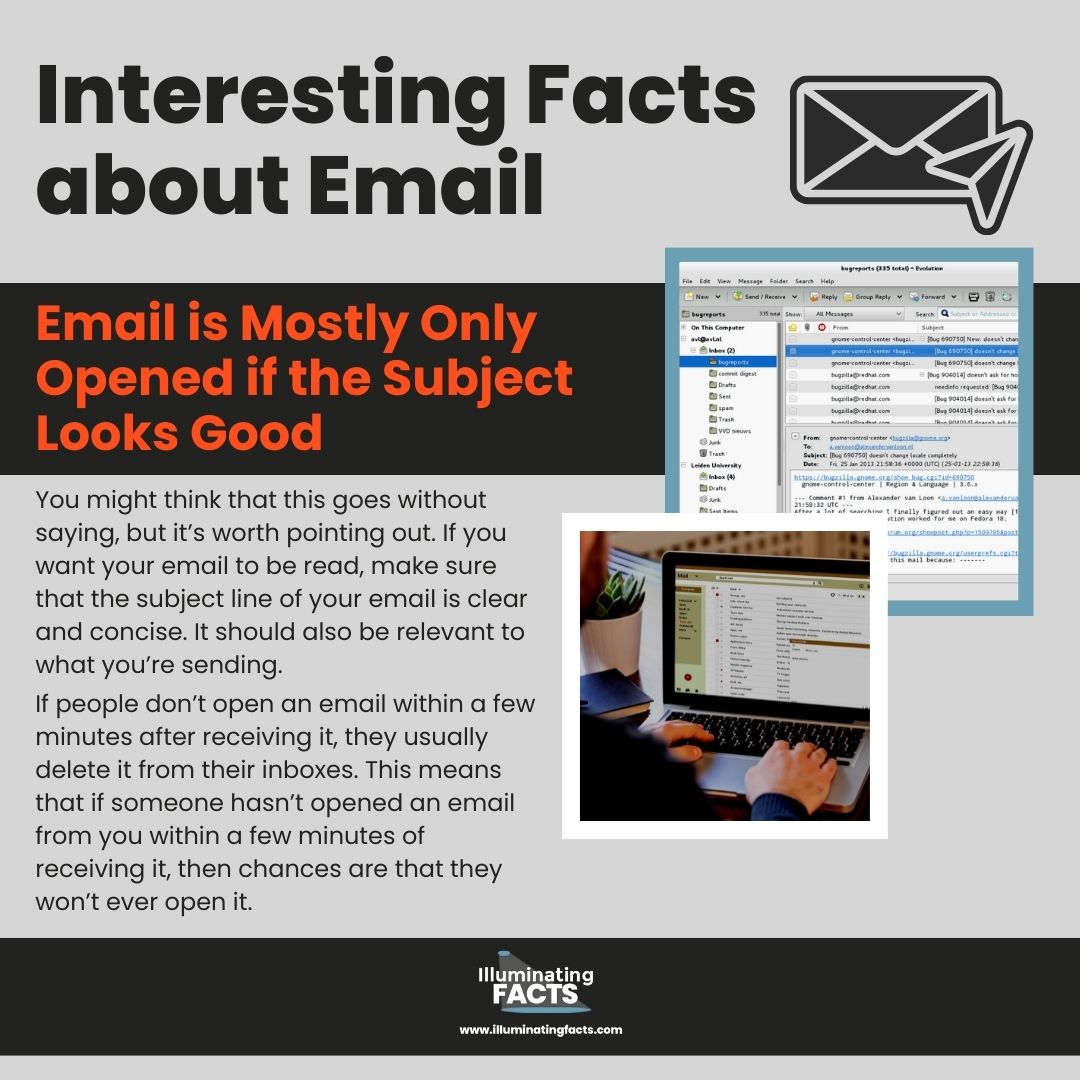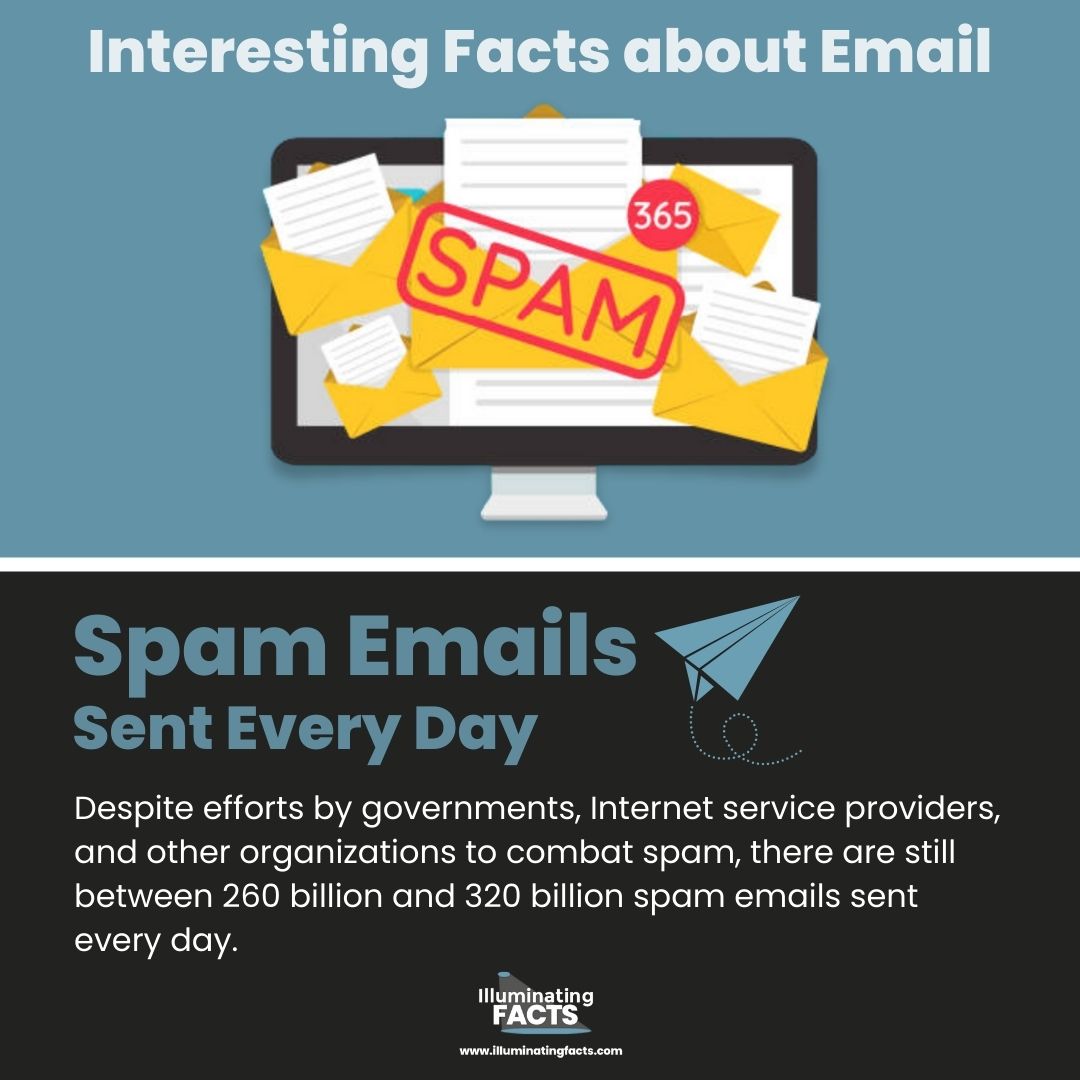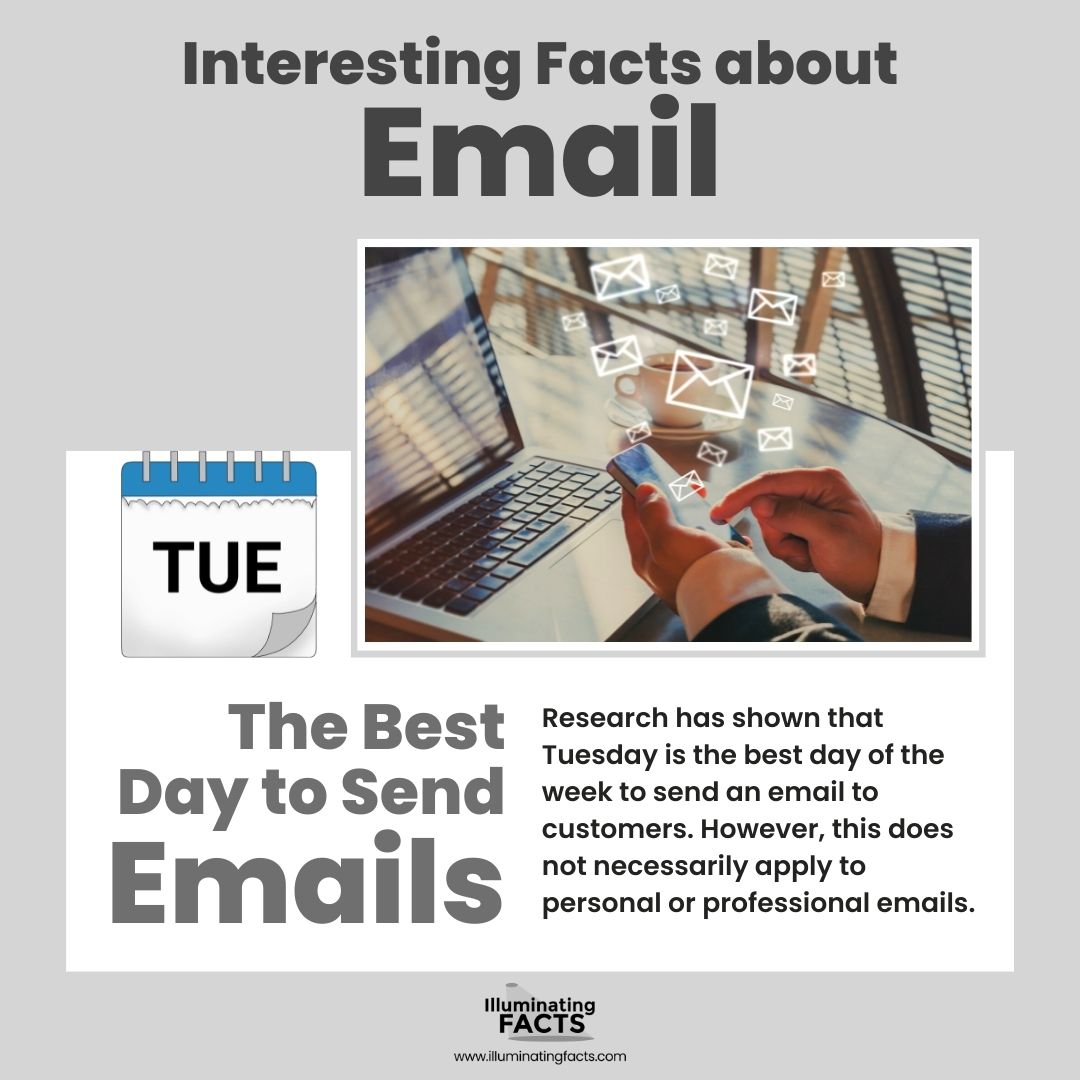The email was first introduced in the early 1970s. It is the oldest and most used digital communication method in our lives. Most of us use it daily, some of us several times a day. It’s how we stay in touch with friends, family, and co-workers – but did you know there are facts about emails that most of us don’t know? Let’s check out some of them.
1. The First Email
The first email was sent on September 21, 1971, by Ray Tomlinson, an engineer at Bolt Beranek and Newman (BBN) in Cambridge, Massachusetts. It was sent to himself from one PDP-10 computer to another PDP-10 computer across the ARPANET network.
2. Number of Emails Sent Per Day
Email is such a popular mode of communication that if you added up all the emails sent in one day, it would take 3 years to watch them all in real-time! That’s 332 billion emails per day as of 2022. This number was 300 billion just 2 years ago in 2020. [1]
3. Email Addresses were Originally Limited to Six Characters
There were two letters and four numbers in an email, which was later expanded to 12 characters (two letters, six numbers). In 1993, about 20 million people used email addresses that contained more than six characters; today, there are over 2 billion active email accounts worldwide! [2]
4. The First Spam Email
The first spam email was sent via ARPANET on May 3, 1978, by Gary Thuerk, who was trying to advertise a new electronic mailing list at Stanford University called SF-LOVERS, which he created. It contained no text, just a message header with the addresses of 20 people on the list where each line ended with a period (“.”). [3]
5. The Inventor of Email
The inventor of email is Ray Tomlinson, who was working at Bolt Beranek and Newman. He created the first email program in 1971, called SNDMSG. It was written for the TENEX operating system and used to send messages between two different computers on the same network.
In 1978, he wrote a program called CPYNET that allowed users to send messages between two different machines connected by a telephone line. He used this program to send the first email message ever (the ‘@’ symbol was chosen because it had no other meaning in the context of an email address).
6. The First Email System
The first email system was called MAIL, which ran on the computer network ARPANET (Advanced Research Projects Agency Network). The first MAIL program stored messages on central servers instead of sending them directly from one computer to another.
7. The First Email Account
The first email account was created by Ray Tomlinson on December 3, 1971, at BBN Technologies in Cambridge, Massachusetts. It was an experimental message sent from one host computer to another host computer over an ARPANET connection (the predecessor of the internet). In an email exchange, the first use of “reply” occurred in 1972 when someone other than Ray replied to his original message.
8. Emails May Lead to Stress
It may come as a surprise, but much research suggests that checking your email 15 times or more per day can cause stress and anxiety. A recent report in Forbes highlights that people who check their emails frequently are more likely to be stressed than those who don’t. [4]
9. Elk Cloner was one of the First Viruses
The first virus was called Elk Cloner; it infected Apple II computers in 1982 and caused them to display messages about “Elk Cloner” being present on the computer. The user would then be asked if they wanted to send this virus to everyone in their address book or delete it from their computer altogether.
10. Is it Email, e-mail, or email?
The word email has sparked debate among English speakers since it was invented. The Associated Press Stylebook decided to drop the hyphen and consider it a common noun in 2011.
11. Hackers Have their Own Secret Ways to Hack into your PC via Emails
Hackers use Microsoft Office files, such as Word and Excel documents, to spread malware through email. Because these files are usually trusted by email providers to be safe, they can be effective at getting you to click on links or open attachments.
12. Please Stop Using Basic Passwords for Your Email
In 2009, researchers uncovered over 10,000 Hotmail accounts that used the password “123456.” Although some people may have changed their passwords since then, many continue to use this weak choice for their email protection. [5]
13. The Origins of the Word “Spam”
The word “spam” was originally used as a reference to pre-chewed food products like Spam luncheon meat in Monty Python’s Flying Circus episode from 1969 titled “Spam.” The term eventually evolved into an unsolicited bulk email or junk mail.
14. Marketers Heavily Invest in Email Marketing
One study determined that 58% of promotional emails are successful, while another reported that 87% of marketers rely heavily on email marketing. [6].
15. Bill Clinton Only Sent 2 Emails as the President
President Bill Clinton, who served in the Oval Office from 1993 to 2001, is known for his technological savvy. Though he has said, he only sent two emails while president, Clinton was also responsible for spearheading a number of online initiatives during his tenure.
16. Output of Email Marketing Can be Quite Fruitful
A dollar spent on an email can give a $38 return to the business. The trick is making sure that the campaign is designed, executed, and followed up on in a way that attracts customers who will be worth more than $1 over time.
17. Email is Mostly Only Opened if the Subject Looks Good
You might think that this goes without saying, but it’s worth pointing out. If you want your email to be read, make sure that the subject line of your email is clear and concise. It should also be relevant to what you’re sending.
If people don’t open an email within a few minutes after receiving it, they usually delete it from their inboxes. This means that if someone hasn’t opened an email from you within a few minutes of receiving it, then chances are that they won’t ever open it.
18. Spam Emails Sent Every Day
Despite efforts by governments, Internet service providers, and other organizations to combat spam, there are still between 260 billion and 320 billion spam emails sent every day. [7]
19. The Best Day to Send Emails
Research has shown that Tuesday is the best day of the week to send an email to customers. However, this does not necessarily apply to personal or professional emails.
Conclusion
Businesses should keep in mind that the emails that they send out are like advertisements. People will only open them if they are very interesting and can provide them with loads of information about the business. Therefore, it is essential for businesses to make sure that the email content they create is engaging.
This can be achieved by looking at the main reasons why people open these emails. They do so to learn something new and be entertained, so it is advisable to include interesting facts, offers, discounts, and images in emails.
References
- https://earthweb.com/how-many-emails-are-sent-per-day/
- https://stackoverflow.com/questions/4201060/8-character-limit-on-old-email-addresses
- https://www.nytimes.com/2001/12/06/technology/billions-served-daily-and-counting.html
- https://www.campaignmonitor.com/blog/email-marketing/email-usage-statistics-in-2019/
- https://www.wired.com/2009/10/10000-passwords/
- https://contentmarketinginstitute.com/2018/10/research-b2b-audience/
- https://www.forbes.com/sites/daveywinder/2020/05/03/this-surprisingly-simple-email-trick-will-stop-spam-with-one-click



